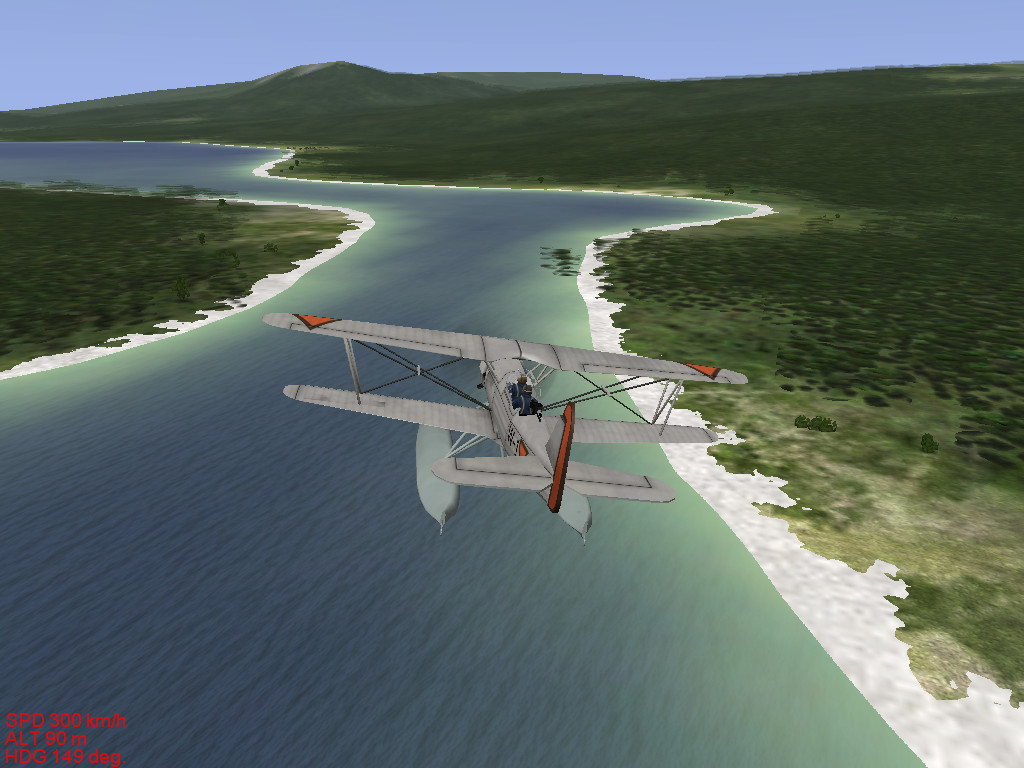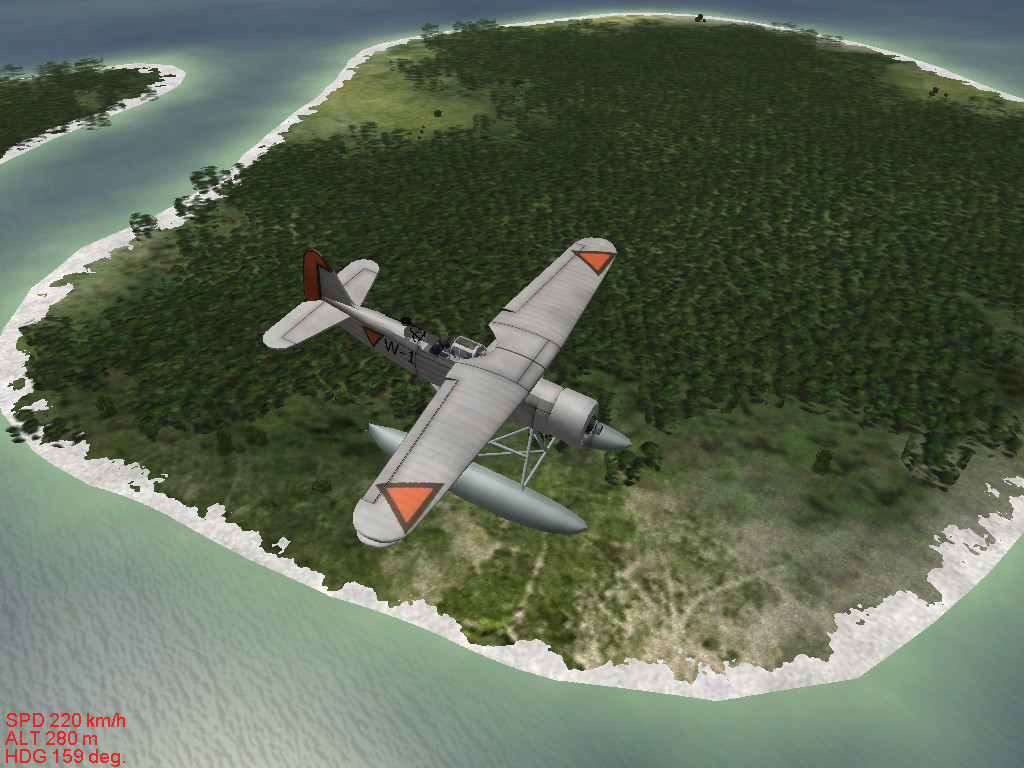I have released the Fokker CXI-W. See first post.


The Fokker C.XI-W was a reconnaissance seaplane designed to operate from warships that was produced in the Netherlands in the mid-1930s. It was the result of a Royal Netherlands Navy specification of 1935 requesting such an aircraft. Fokker's response was a conventional single-bay biplane with staggered wings of unequal span braced by N-struts. The pilot and observer sat in tandem, open cockpits, and the undercarriage consisted of twin pontoons. The wings were of wooden construction with plywood and fabric covering, and the fuselage was of steel tube, also covered with fabric.
The prototype first flew on 20 July 1935. After successful catapult trials, an order for a further 13 C.XI-Ws was placed, the aircraft being used to equip the cruisers HNLMS Tromp and HNLMS De Ruyter while operating in European waters; but most were sent to the Netherlands East Indies to equip the Navy there. Following the German invasion of the Netherlands in 1940, the last surviving C.XI-W in Europe was successfully evacuated to the UK on 22 May. From there, it was also shipped to the Netherlands East Indies. None seem to have survived past March 1942.
General characteristics
Crew: Two, pilot and observer
Length: 10.40 m (34 ft 2 in)
Wingspan: 13.00 m (42 ft 8 in)
Height: 4.50 m (14 ft 10 in)
Wing area: 40.0 m2 (431 ft2)
Empty weight: 1,715 kg (3,781 lb)
Gross weight: 2,545 kg (5,611 lb)
Powerplant: 1 × Wright R-1820-F52, 578 kW (775 hp) each
Performance
Maximum speed: 280 km/h (174 mph)
Range: 730 km (454 miles)
Service ceiling: 6,400 m (21,000 ft)
Rate of climb: 4.8 m/s (940 ft/min)
Armament
1 × fixed, forward-firing 7.9 mm (.31 in) FN-Browning machine gun in forward fuselage
1 × trainable, rearward-firing 7.9 mm (.31 in) FN-Browning machine gun in observer's cockpit
 Author
Topic: Zflyer48's Hanger-Fokker C.XI-W (Read 8729 times)
Author
Topic: Zflyer48's Hanger-Fokker C.XI-W (Read 8729 times)


